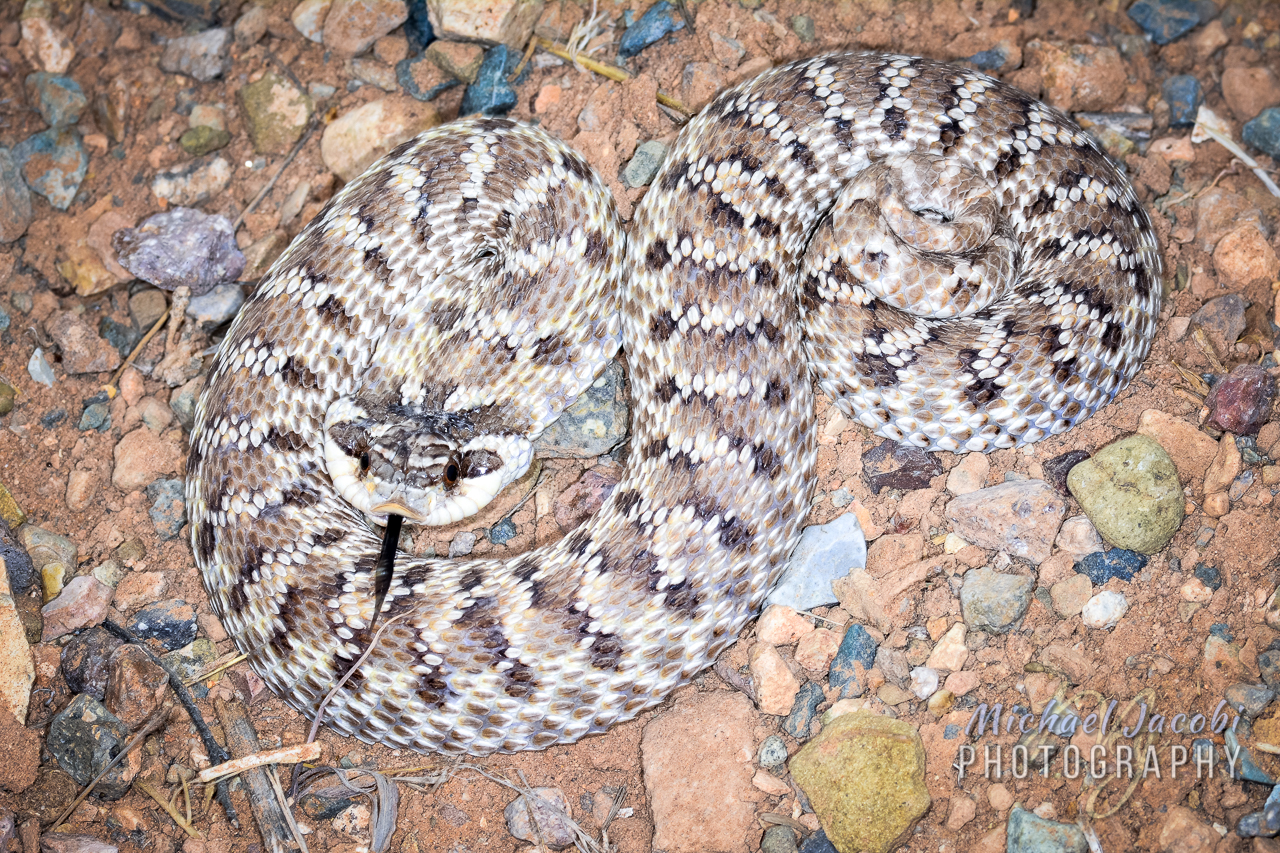Bob and Bettina are birders. This is Mecca for their kind. They have been full-time RVers for four years and often have called Rusty's RV Ranch home. They're gone now, but I would see them most days not only here at the ranch, but on South Fork Road, which is the precise location where the many people called "BIRDERS" congregate to worship the avian jewels of the region. I doubt Bob and Bettina mind the label.
When Candace wrote me about coming down from Albuquerque with her fiancée (they ended up not coming and hopefully we will hook up in July), her email had the subject "Tarantula man!!" I don't mind that label. But she knows me because of my work with tarantulas, whereas many more people might call me "snake man". It's all a matter of perspective and recent memory. When I worked at On Target Range & Tactical Training Center I was called "Spider Mike". This was to distinguish me from another Mike who worked there, but then he was usually called "Gunny" as he was a retired Marine Corps Gunnery Sergeant. My co-workers associated me with tarantulas because at the time I had just closed a business that was focused on them and had mentioned by Animal Planet book Tarantulas.
The odd thing is that I haven't been doing much tarantula hunting. I've done more scorpion hunting, even more birding, and mostly have been searching for the reptiles that have fascinated me since I was at least nine years old. Snakes have been more often part of my life than tarantulas or spiders, and at times I was working with other reptiles and might be known better as "gecko man" than "Spider Mike". But I am comfortable with "Tarantula man!!" as theraphosid spiders will always be a passion and are part my expertise. I may be looking more for snakes, but I am still the Editor of the Journal of the British Tarantula Society.
Candace's email subject amused me mostly because I have taken to using the term "birder" disparagingly. I am sure they are all lovely people, but they come across as some devoted cult, all sixty-ish, quiet, grey-haired and bearded men and tiny women whose often thin bodies seem to be receding into their khaki Columbia hiking wear. They wear matching floppy hats and clutch the Nikon or Swarovski binoculars slung around their wrinkled necks. They drive Subaru wagons or sensible crossover utility vehicles decorated with bumper stickers declaring their liberal politics and nature causes.
Here at Rusty's I am known as "the snake guy". There are few guests at this time of the year, which I've been told is even slower now than it has been for years, but most would either be birders or astronomers. There has to be a "Telescope Tim". Last week a couple of tent campers were known as "the lizard guys". Bob and Bettina told me that they introduced themselves as exactly that. I wouldn't be surprised if their response was to point at my rig and say, "Oh, Mike over there is a snake guy".
The animal-related moniker of my twenties was "the most bitten man". I had met the only guy I ever was roommates with while managing the reptile & small animal department for the twenty-plus store Noah's Ark Pet Center chain in the Chicago suburbs. Todd owned a mobile home and managed the puppy department and I lived in his spare bedroom for a year or so. Snakes bit me every day. I was pinched by powerful hermit crab claws and screamed in intense pain when a prairie dog bloodied my finger. Ferrets, Arctic foxes, lizards, snakes, hamsters and even a Cobalt Blue Tarantula sunk their teeth or fangs into me. Between my work and my personal menagerie of reptiles and arachnids, it seemed like I was bitten every day by some creature or another. I don't know how many puppies or kittens left bite marks on Todd, but I know he was fascinated by all of my bite stories and always introduced me as "the world's most bitten man". The name stuck for quite awhile.
My focus certainly has returned to snakes. I'm hoping next month's monsoon rains will have me enjoying the arachnofauna of the region, but it is certainly the herpetofauna that fascinates most. My attendance at two herpetological conferences next month certainly announce my return to being "the snake guy". Just as long as I never return to being "the most bitten man". I intend to keep myself a safe distance from the rattlesnakes I pursue.
All the best, MJ



